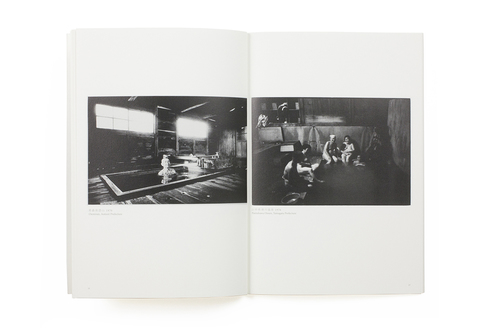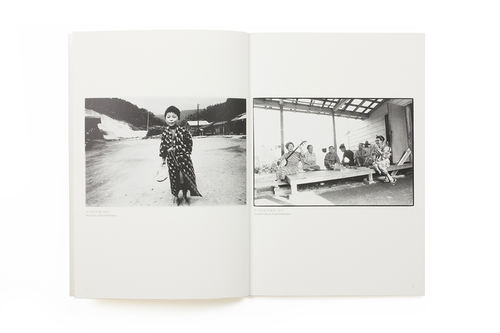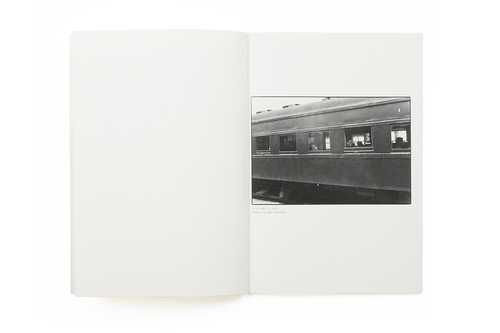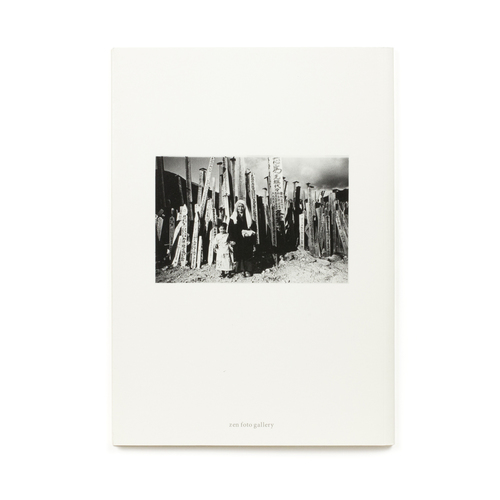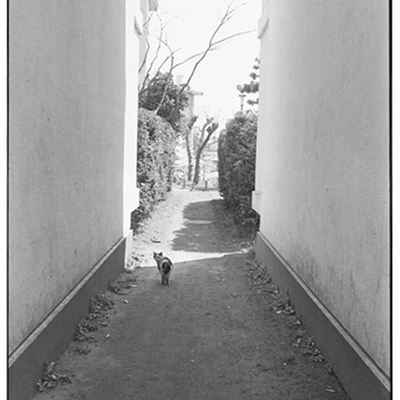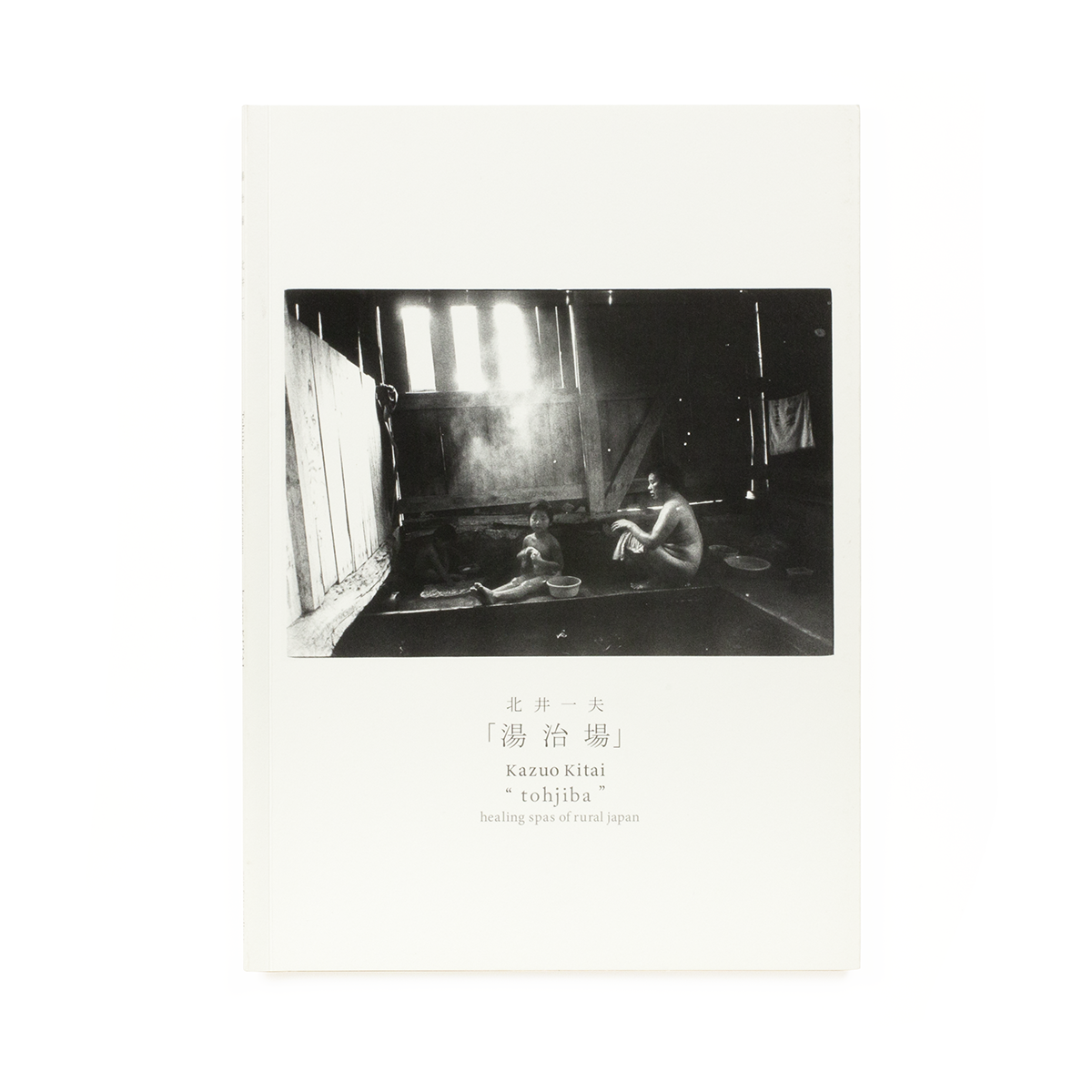
Tohjiba, healing spas of rural Japan
Deriving from the characters of hot water and curing, the word “tohjiba” is used to characterize the natural hot springs of Japan. Used for over a millennia as a place of relaxation and recuperation, Kazuo Kitai often visited these tohjibas within the northern areas of Honshu during the 1970s. Here, this publication presents an intimate portrayal of the people and communities whom frequented and lived in these small villages.
$14.24
- Book Size
- 182 x 257 mm
- Pages
- 36 pages, 30 images
- Binding
- Softcover
- Publication Date
- 2011
- Language
- English, Japanese
- Limited Edition
- 500

